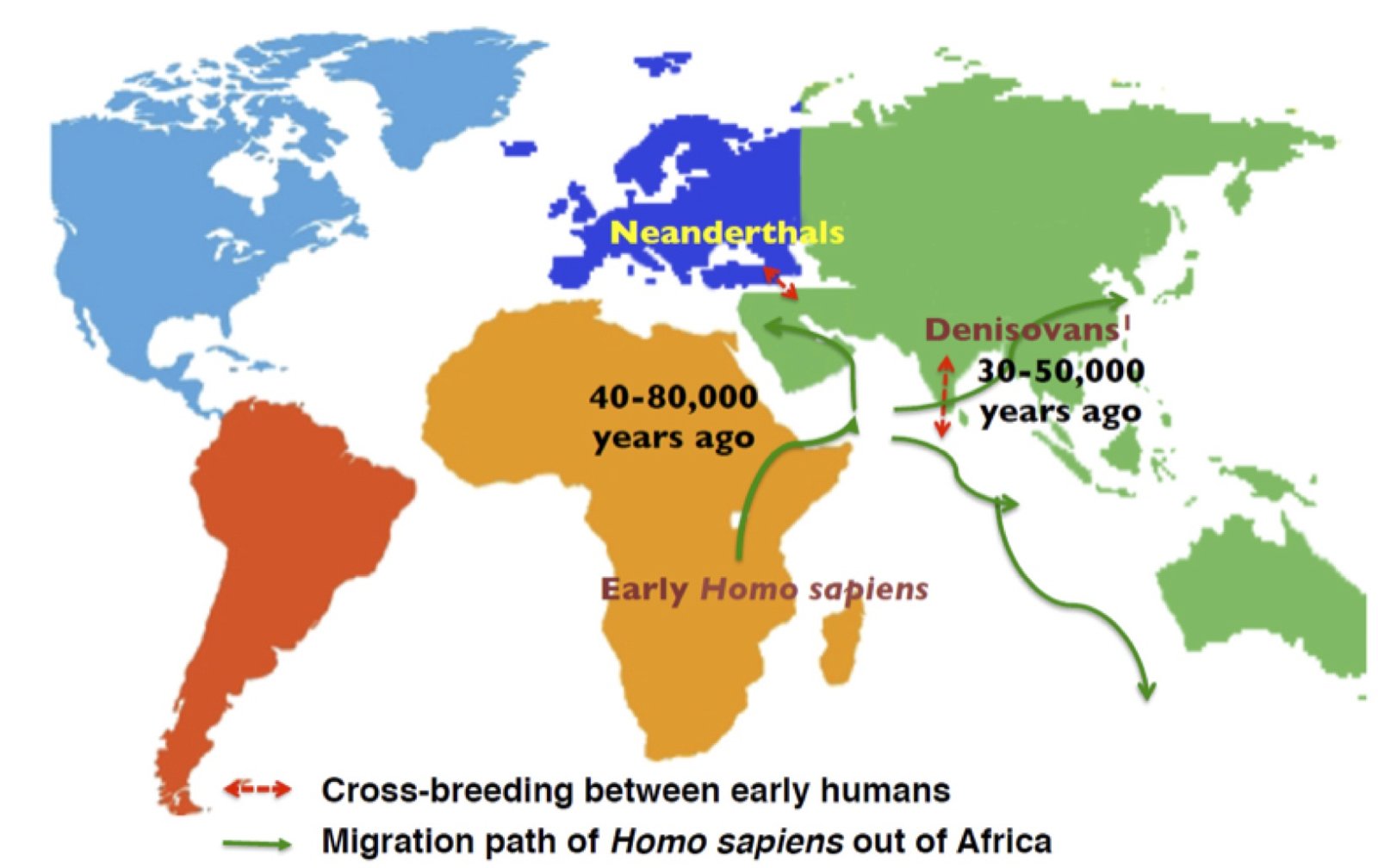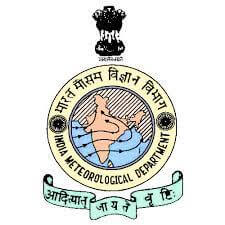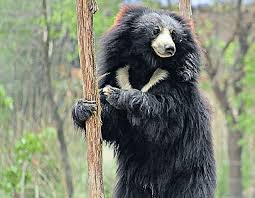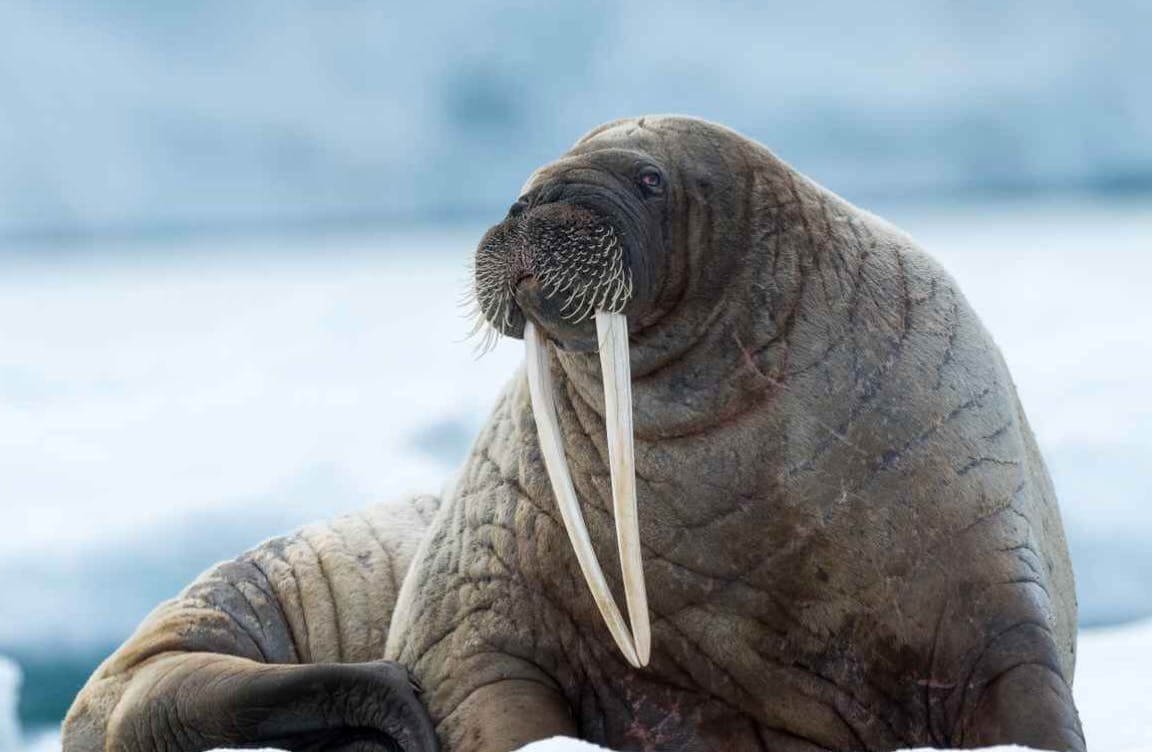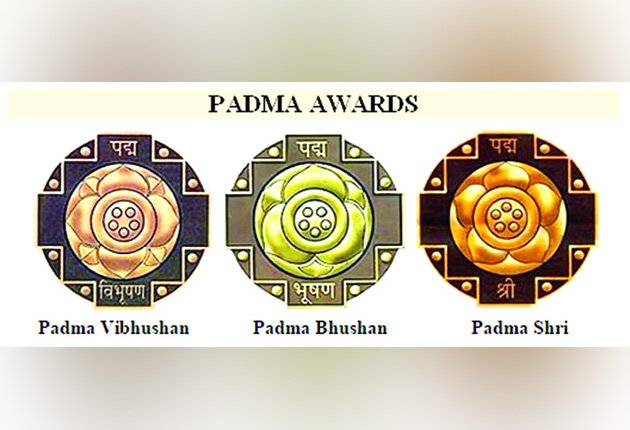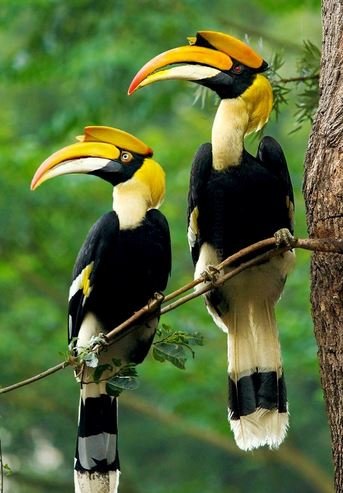
Fresh Water Crocodiles (Mugger & Gharial)
Subscribe to Never Miss an Important Update! Assured Discounts on New Products!
Must Join PMF IAS Telegram Channel & PMF IAS History Telegram Channel
- Context (TI): Wildlife biologists at the National Chambal Sanctuary report an increase in the mugger population, posing a serious threat to gharials.
- Muggers, though smaller, are more agile and often win confrontations with gharials.
- The mugger population in Chambal shows higher genetic diversity compared to gharials, indicating a successful colonisation.
Gharial
- Gharials, sometimes called gavials, are a type of Asian crocodilian distinguished by their long, thin snouts.
- Distribution: The only viable population in the National Chambal Sanctuary is spread across the states of Uttar Pradesh, Rajasthan, and Madhya Pradesh in India.Small non-breeding populations exist in Son, Gandak, Hoogly and Ghagra rivers.
- Habitat: Clean rivers with sand banks (Fresh Water).
- Conservation Status: IUCN: Critically Endangered | WPA, 1972: Schedule-I
- Threats: The combined effects of dams, barrages, artificial embankments, changes in river course, pollution, sand-mining, riparian agriculture and ingress of domestic and feral livestock.
Mugger Crocodile
- The mugger crocodile (Crocodylus palustris) is a medium-sized broad-snouted crocodile.
- Distribution: The mugger is found in 15 Indian states, with the largest populations in the middle Ganges (Bihar-Jharkhand) and Chambal (Madhya Pradesh, Gujarat and Rajasthan) basins.
- Habitat: It is native to freshwater and inhabits marshes, lakes, rivers and artificial ponds.
- Conservation Status: IUCN: Vulnerable | WPA, 1972: Schedule-I | CITES: Appendix I
- Threats: Habitat destruction, fragmentation, and transformation, as well as fishing activities and the use of crocodile parts for medicinal purposes.





![PMF IAS Environment for UPSC 2022-23 [paperback] PMF IAS [Nov 30, 2021]…](https://pmfias.b-cdn.net/wp-content/uploads/2024/04/pmfiasenvironmentforupsc2022-23paperbackpmfiasnov302021.jpg)
